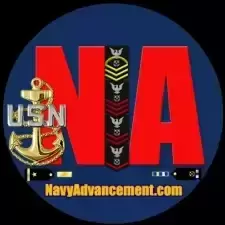New Details Surface on Loss of WWII USS Indianapolis
-
👉 Latest News
-
How Navy officers are trained during a grueling 13-week course
By Tony, in Navy Enlisted to Officer Forum | LDO, CWO | Commissioning Programs
- 0 replies
- 450 views
-
- 0 replies
- 2,200 views
-
From Deck Plates to Degree: Petty Officer’s Path from Enlisted to Officer
By Tony, in Navy Enlisted to Officer Forum | LDO, CWO | Commissioning Programs
- 0 replies
- 900 views
-
FY-26 JUDGE ADVOCATE GENERAL'S CORPS IN-SERVICE PROCUREMENT PROGRAM SELECTION BOARD
By Tony, in Navy Enlisted to Officer Forum | LDO, CWO | Commissioning Programs
- 0 replies
- 610 views
-
commander-in-Thief Signs Into Law the 2026 Military Pay Raise. Here’s How Much You’ll Get
By Tony, in Enlisted Pay, Benefits & Allowance Forum | Navy
- 0 replies
- 1,244 views
-

Recommended Posts
Join the conversation
You can post now and register later. If you have an account, sign in now to post with your account.
Note: Your post will require moderator approval before it will be visible.